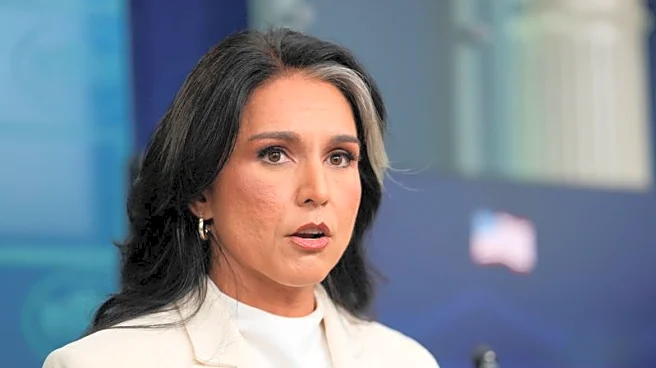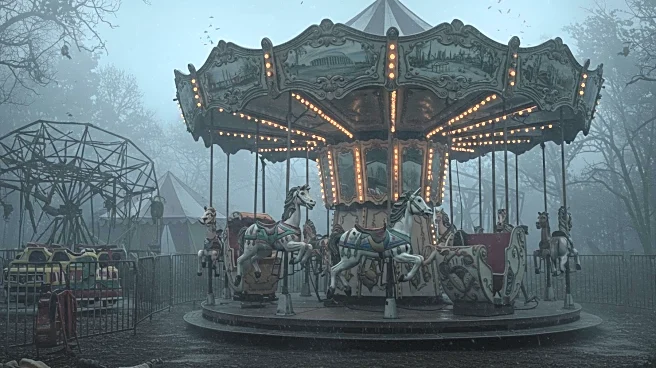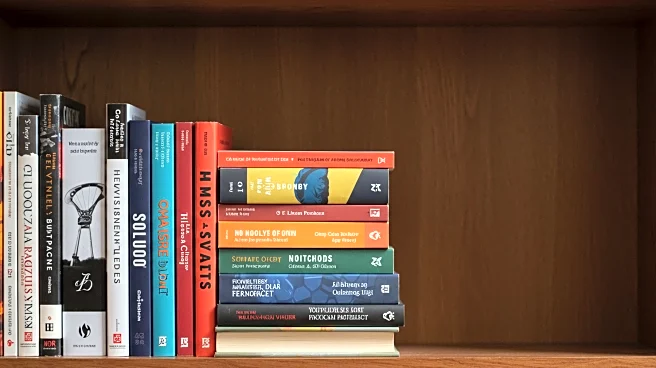What is the story about?
What's Happening?
Two genre novels, 'Pariah' by Dan Fesperman and 'The Dancing Face' by Mike Phillips, are gaining attention for their blend of entertainment and social commentary. 'Pariah' follows Hal Knight, a comedian turned politician, who is recruited by the CIA to perform in Bolrovia, an Eastern European country, to gather intelligence. The novel uses spy tropes to explore themes of redemption and political intrigue. 'The Dancing Face' centers on Augustus 'Gus' Dixon, a Black university professor who plans to steal a colonial-era African art piece to protest its exhibition. The novel delves into issues of reparations and identity, offering a satirical take on human flaws and societal wrongs.
Why It's Important?
These novels reflect a shift in literary trends where genre fiction is increasingly used to address complex social issues. 'Pariah' and 'The Dancing Face' provide commentary on political dynamics and cultural identity, resonating with readers who seek narratives that challenge societal norms. This trend highlights the evolving role of literature in engaging with contemporary issues, offering both entertainment and critical reflection. The success of these novels suggests a growing appetite for stories that blend genre elements with meaningful discourse, potentially influencing future literary works and reader preferences.
What's Next?
As these novels gain popularity, they may inspire more authors to incorporate social commentary into genre fiction. Publishers might prioritize works that balance entertainment with thought-provoking themes, reflecting broader societal conversations. The reception of 'Pariah' and 'The Dancing Face' could lead to adaptations in other media, expanding their reach and impact. Additionally, discussions around the themes presented in these novels may influence public discourse on political and cultural issues, encouraging readers to engage more deeply with the narratives.
Beyond the Headlines
The novels' exploration of political and cultural themes raises questions about the role of art in addressing historical injustices and societal change. 'The Dancing Face' particularly challenges the ethics of art ownership and the legacy of colonialism, prompting readers to consider the implications of cultural heritage and reparations. These narratives may contribute to ongoing debates about identity, representation, and the power dynamics inherent in cultural exchanges, offering a platform for dialogue and reflection.
AI Generated Content
Do you find this article useful?












